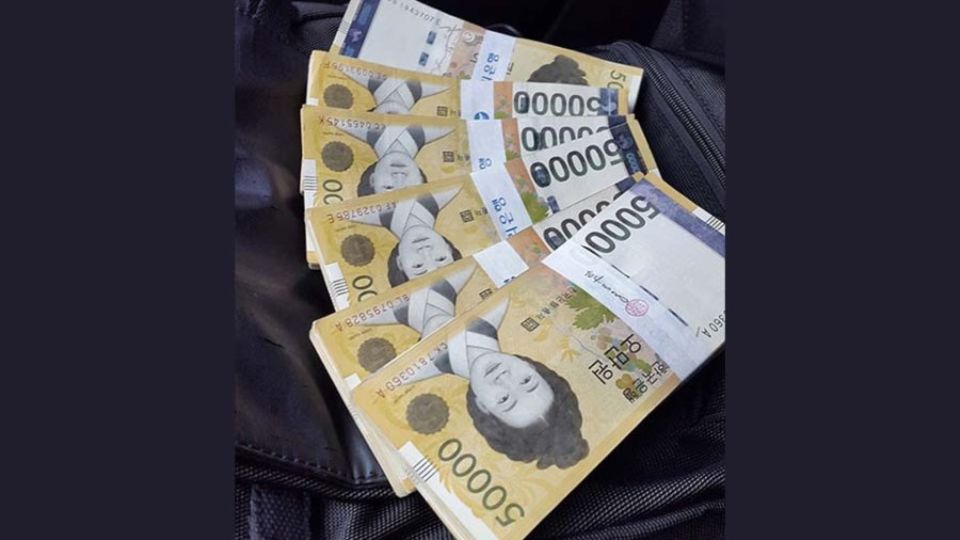November 11, 2024
SEOUL – The US Federal Reserve trimmed its benchmark rate by 0.25 percentage points, reflecting cooling inflation and other economic data. But the Fed’s monetary easing comes at a tricky moment as President-elect Donald Trump signaled the coming of a host of drastic changes in fiscal and economic policies.
Given the close economic and financial relations between South Korea and the US, the forthcoming changes offer a difficult choice for Korea’s policymakers and central bankers. The country can follow suit by cutting rates in a bid to reinvigorate the sluggish economy — or stay the current course and wait until clear signals begin to appear in the financial market.
The Fed’s second interest rate cut of 2024 — half the size of its September reduction — slashed the interest rate banks charge each other for short-term loans to a range of 4.5 percent to 4.75 percent. This cut also marks the first interest rate reduction since Trump grabbed his second term in the White House through the Nov. 5 election.
Since inflation has moderated and jobs numbers continue to remain stable, the Fed may opt for additional rate cut in December, which will inevitably have a strong impact on the global financial market. Fed Chair Jerome Powell, however, stressed the need for caution, citing the challenges of evaluating new fiscal policies to be implemented by Trump.
Trump earlier said he would cut taxes and impose tariffs of at least 10 to 20 percent on goods from all other nations — including 60 percent on imports from China — which sent financial officials around the world scrambling to project how such policies would affect international trade and the demand for the dollar.
There is no doubt that if tariffs indeed rise at a drastic pace, South Korea’s economy highly dependent on trade with the US, China and other countries will be deeply affected.
Higher tariffs are also expected to generate inflationary pressure as companies will try to pass the cost on to customers through higher prices. This situation will make things complicated since both the US Fed and Korea’s Bank of Korea cannot continue to cut rates if prices are going up.
Experts in Seoul forecast that if Trump goes ahead with his trade policy, Korea’s exports will tumble by 7-8 percent. Korea’s won currency has already weakened against the US dollar with the election of Trump, but the downward pace is feared to accelerate due to the smaller export income in US dollars.
The mix of higher prices for imported goods and lackluster domestic demand will pose a challenge to the BOK in evaluating the factors to justify additional rate cuts.
The BOK cut its benchmark rate by 25 basis points to 3.35 percent on Oct. 11, the first such adjustment since August, but it is now forced to consider the forthcoming changes linked to Trump’s new policies in its monetary decisions in the coming months.
Some experts here argue that the BOK has to weigh various factors fully before making a rate cut decision. Of course, the wider gap in interest rates between Korea and the US is a factor that may justify a rate cut, but it is not so simple, as policymakers have to deal with the spike in the value of the dollar in connection with Trump’s protectionist trade policies.
Others argue that policymakers should not ignore the ominous pace at which the domestic economy has been slowing. Third-quarter growth fell far short of the BOK’s estimated 0.5 percent, coming in at a mere 0.1 percent. For the full year, growth is also expected to fall below the central bank’s projection of 2.4 percent, according to BOK Gov. Rhee Chang-yong.
One positive element is the stable inflation rate. But Korea needs to remain vigilant against sudden fluctuations in housing prices and household debt — two explosive aspects that could throw a major wrench into making economic and monetary policy decisions.
With the heightened complexities, the government must be more proactive to mitigate the impact on exports and address economic uncertainties related to Trump’s second term.


